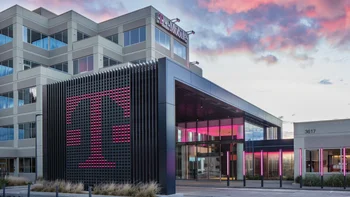Apple doubles down on Face ID, grants $390 million to TrueDepth sensor maker Finisar
Apple's fresh Face ID tech on the iPhone X relies on four components, including a structured light transmitter and receiver, a front-facing camera, and a time of flight/proximity sensor. The sensors that Apple uses for Face ID are all clustered in the "notch" at the top bezel. The structured light sensors collect depth information which is combined with images taken with the front-facing camera to produce a 3D map using software algorithms.
The iPhone X hit initial production snags precisely on account of the fact that one of the component suppliers couldn't churn out sensors fast enough to satisfy the quality control. Now that production has normalized, Apple is apparently doubling down on the 3D-mapping Face ID technology, as it just invested the cool $390 million in Finisar, a US maker of said depth-mapping sensors that the TrueDepth camera kit on the iPhone X uses for Face ID, Animoji, and other shenanigans, while AirPods uses it for proximity and other sensing.
This is the second big outlay that Apple's $1 billion Advanced Manufacturing Fund makes since the spring, when it was established. As to why now and why such a big amount for vertical-cavity surface-emitting lasers (VCSELs) production and R&D? Well, Apple answers this pressing question in the press release, apparently Face ID and the accompanying features are here to stay and expand to other products in its portoflio: "In the fourth quarter of 2017, Apple will purchase 10 times more VCSEL wafers than were previously manufactured worldwide over a similar time period." There you have it.
source: Apple













Things that are NOT allowed: